- Feedback
- Sitemap
- Skip to Main Content
- Screen Reader Access
- A+ A A -
- A A
- Control Room No. - 9205949400, 011-26768950
Mizoram
National Highways & Infrastructure Development Corporation Ltd.
National Highways and Infrastructure Development Corporation is a fully owned company of the Ministry of Road Transport & Highways, Government of India. The company promotes, surveys, establishes, designs, builds, operates, maintains and upgrades National Highways and Strategic Roads including interconnecting roads in parts of the country.
Geographical Location
Mizoram, a picturesque state in northeastern India, is known for its stunning mountainous terrain and rich cultural heritage. Bordered internationally by Bangladesh to the west and Myanmar to the east and south, Mizoram also shares boundaries with the states of Assam to the north, Manipur to the northeast, and Tripura to the northwest. Once part of Assam as the Lushai Hills District, Mizoram emerged as a separate state, earning the nickname “Land of the Blue Mountains” for its serene landscapes and misty highlands. The name "Mizoram" combines three Mizo words: Mi (people), Zo (hill), and Ram (land), meaning "the land of hill people." With an urbanisation rate of 51.5%, Mizoram is the most urbanised state in the northeast and ranks fifth nationwide. Its scenic beauty, tranquil environment, and vibrant traditions make it a unique and captivating destination in India’s northeast.
- Capital: Aizawl | Largest City: 21,081 sq km
- Districts: 11 | Total Area: 21081 sq km
Festivals of Chapchar Kut
The most celebrated festival in Mizoram, Chapchar Kut marks the completion of forest clearing for jhum cultivation. It welcomes spring with vibrant dances like Cheraw, traditional music, elaborate costumes, and communal feasting—symbolizing joy, renewal, and unity.

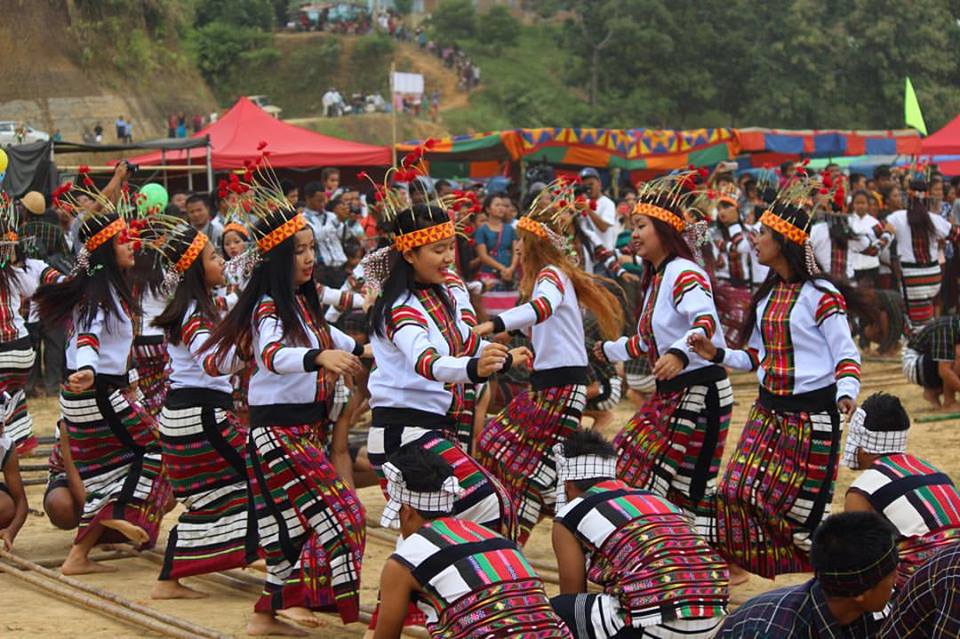
Festivals of Anthurium
Held in the picturesque Reiek Hills, this festival highlights the blooming of the anthurium flower. It’s a blend of floral exhibition, cultural performances, and local crafts, aimed at promoting tourism and showcasing Mizoram’s natural and artistic beauty.
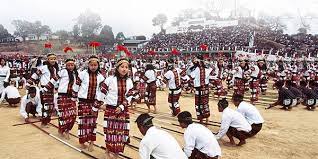
Mim Kut
A harvest festival with deep spiritual meaning, Mim Kut is dedicated to honoring deceased ancestors. The first maize crop is offered along with symbolic possessions, accompanied by folk songs and rituals that blend remembrance with celebration.
Tourist Places
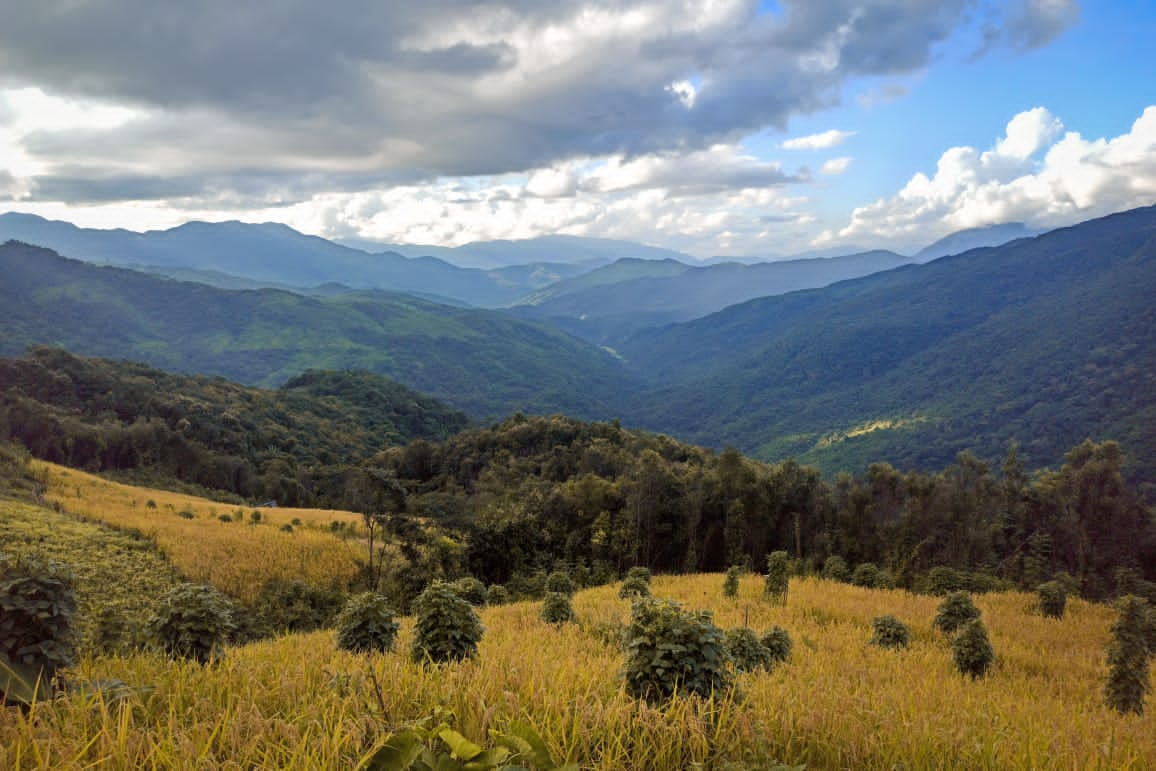
Murlen National Park
Established in 1991, it is located in the Champhai district, near the Indo-Myanmar border. The park is renowned for its rich biodiversity, encompassing tropical forests including bamboo, grassland and cliff vegetation. It harbours approximately 15 mammal species, including the Bengal tiger, leopard, Himalayan black bear and the endangered hoolock gibbon. Avian life thrives here, with over 150 bird species such as Mrs. Hume’s pheasant and the kalij pheasant. The flora is equally diverse, featuring around 35 medicinal plants, 2 bamboo species, and 4 types of orchids.
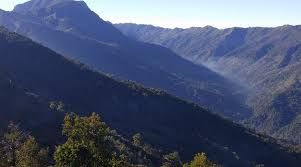
Phawngpui (Blue Mountain)
Rising to 2,157 metres, Phawngpui is the tallest peak in the Mizo Hills—also known as the Lushai Hills—and holds the title of the highest point in the state. Located in the Lawngtlai district near the Myanmar border, this majestic mountain is deeply woven into local mythology and revered as the dwelling place of ancestral spirits. Phawngpui, often referred to as the "Blue Mountain," gets its name from the Lai words phong meaning "meadow" and -pui, meaning "great"—together signifying "great meadow." Long celebrated in folklore and traditional beliefs, Phawngpui stands as both a natural and cultural landmark, offering a serene yet mystical presence in the heart of Mizoram
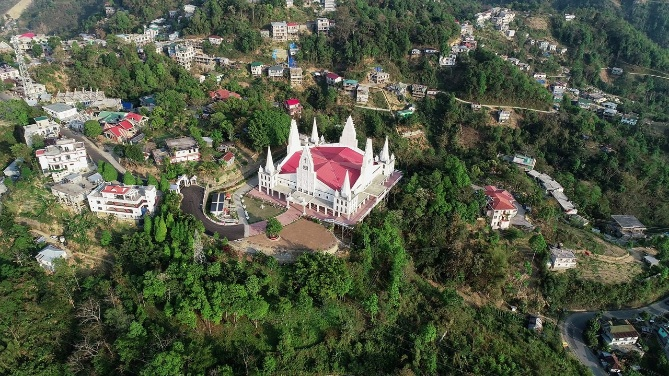
Aizawl
The city blends natural beauty, rich culture and modern infrastructure. Nestled in the Lushai Hills, the city offers panoramic views, especially from spots like Reiek Mountain, which provides vistas of Aizawl and, on clear days and the plains of Bangladesh. Tourists can explore attractions such as the Mizoram State Museum, showcasing the state's rich heritage and Solomon's Temple, one of the largest churches in the region.

























